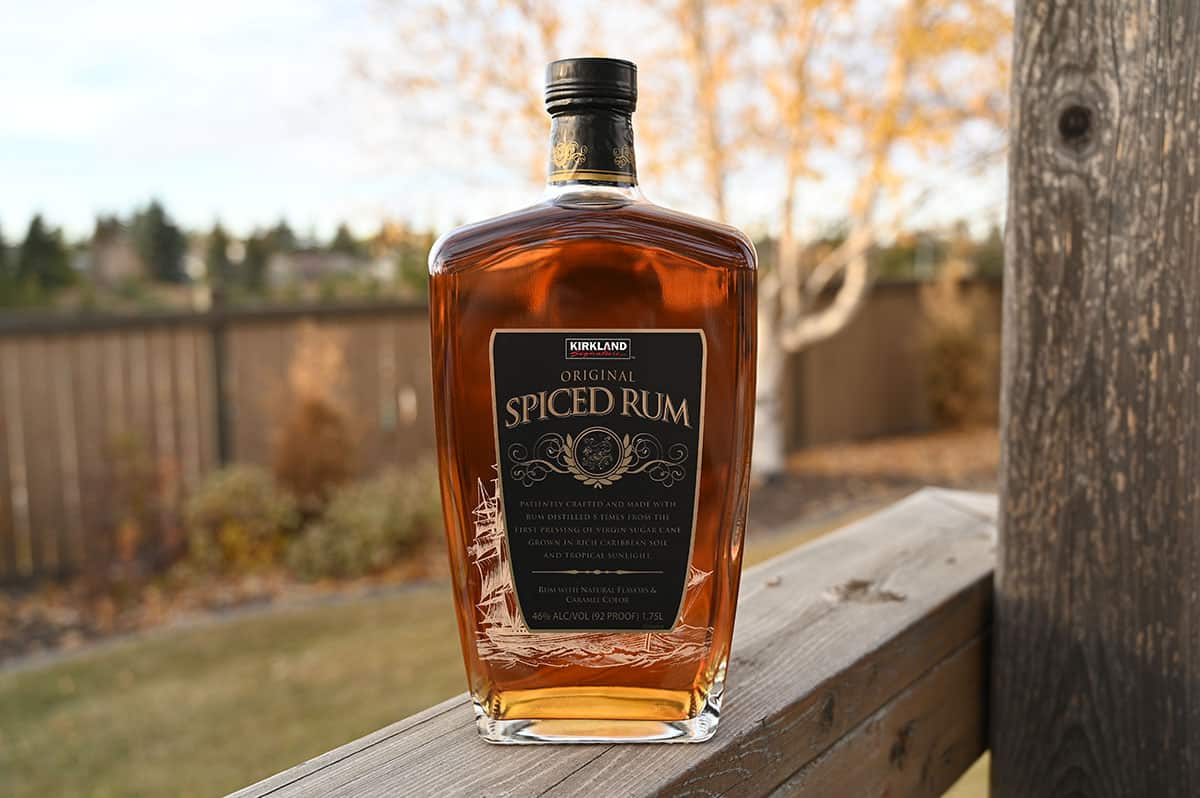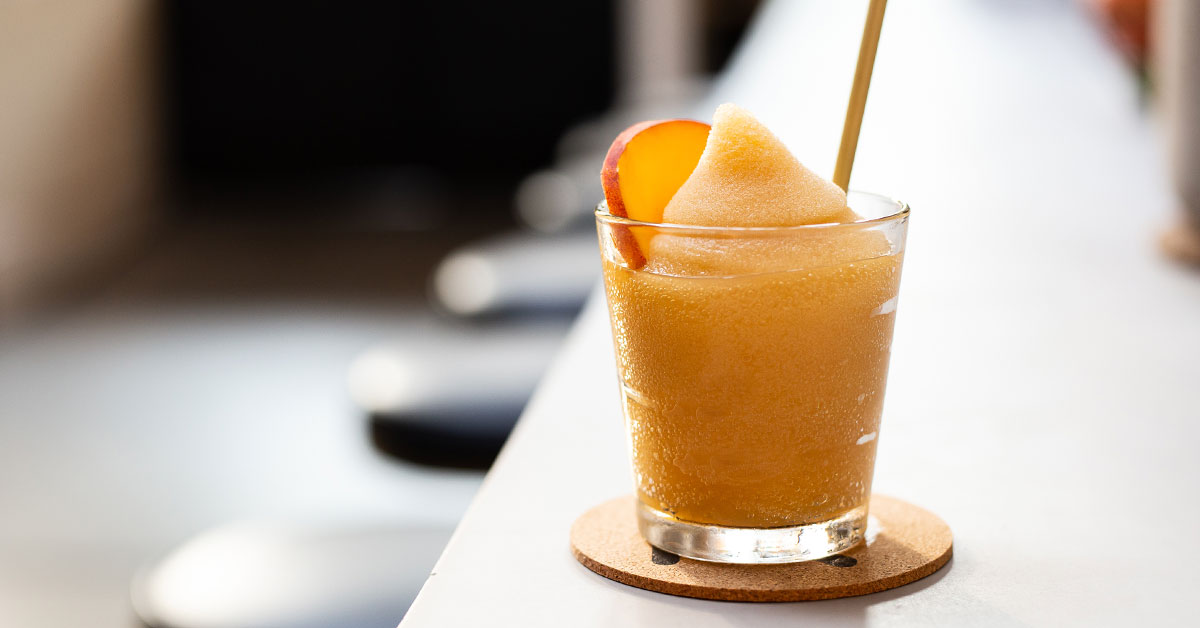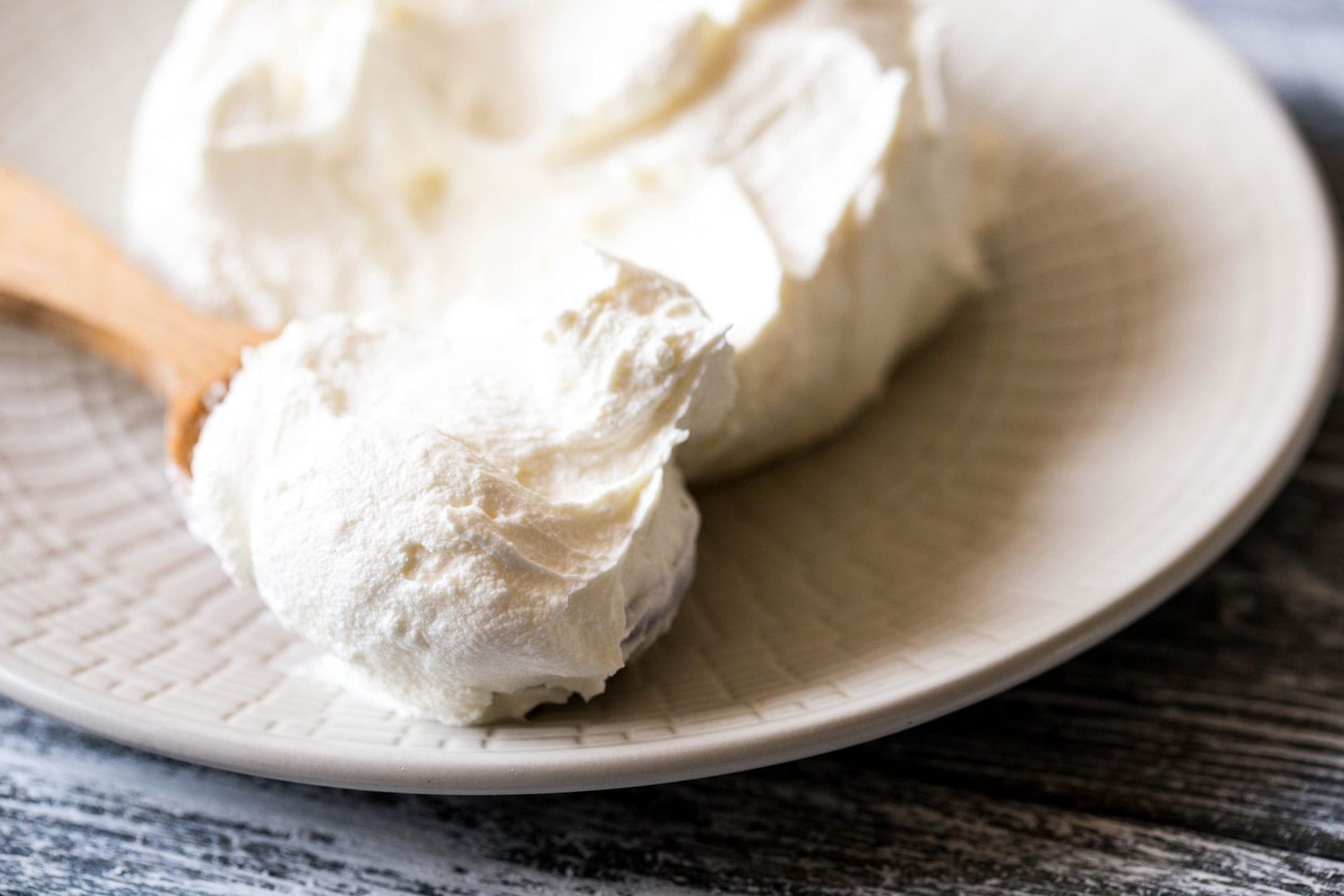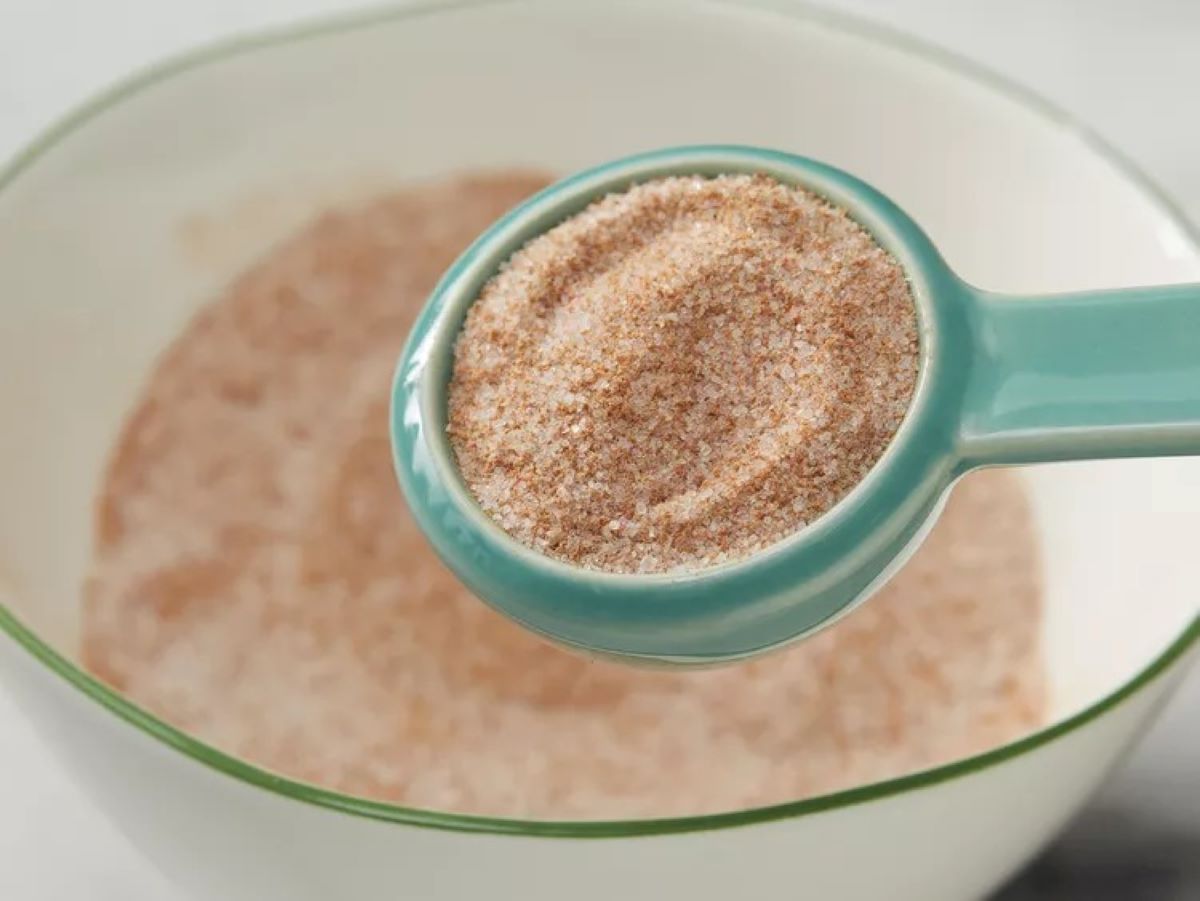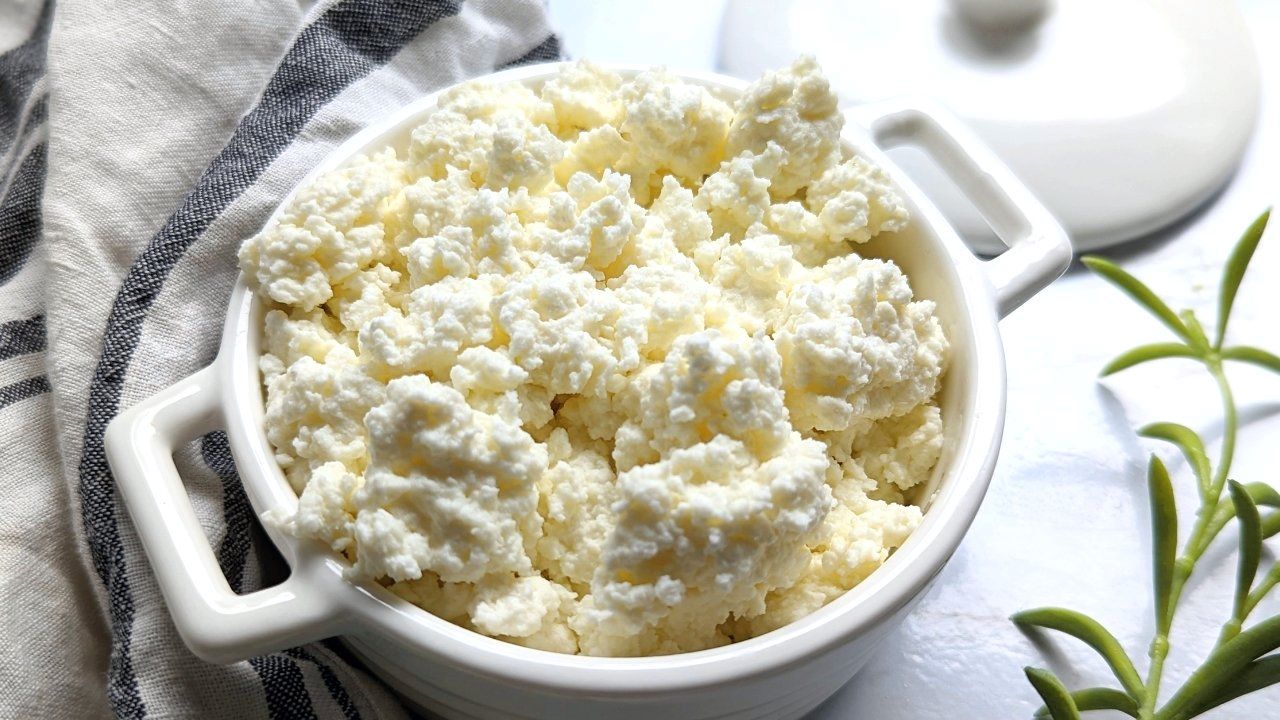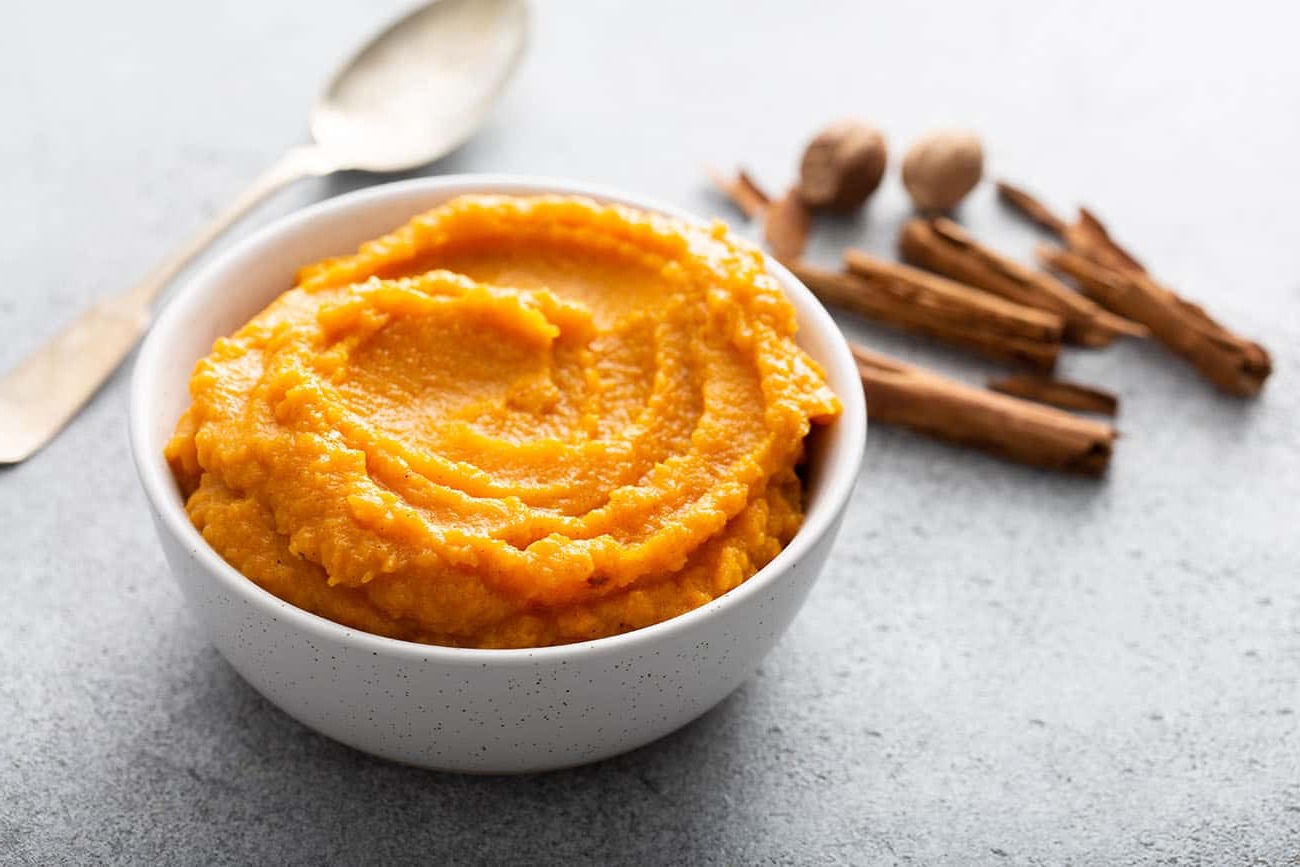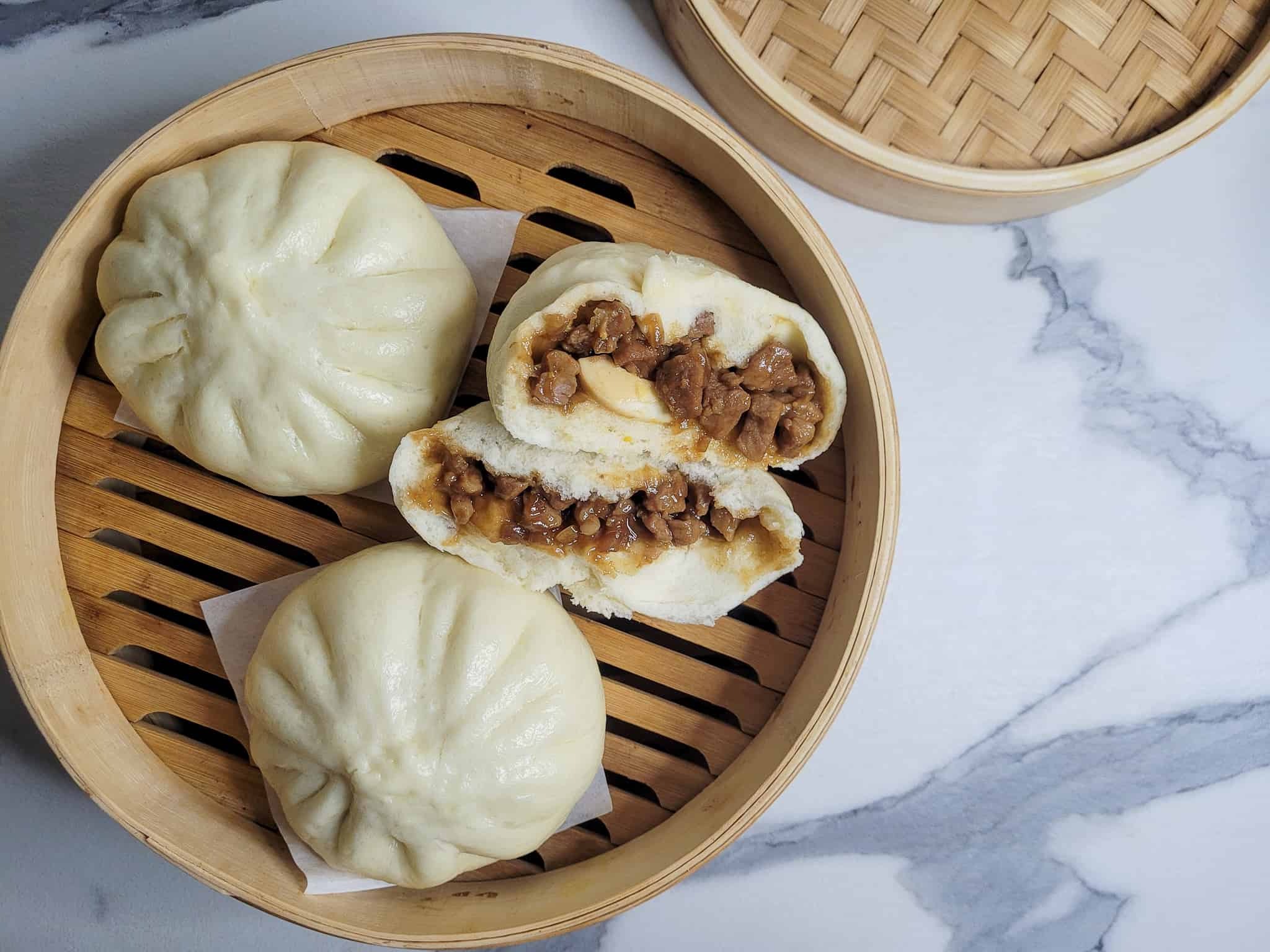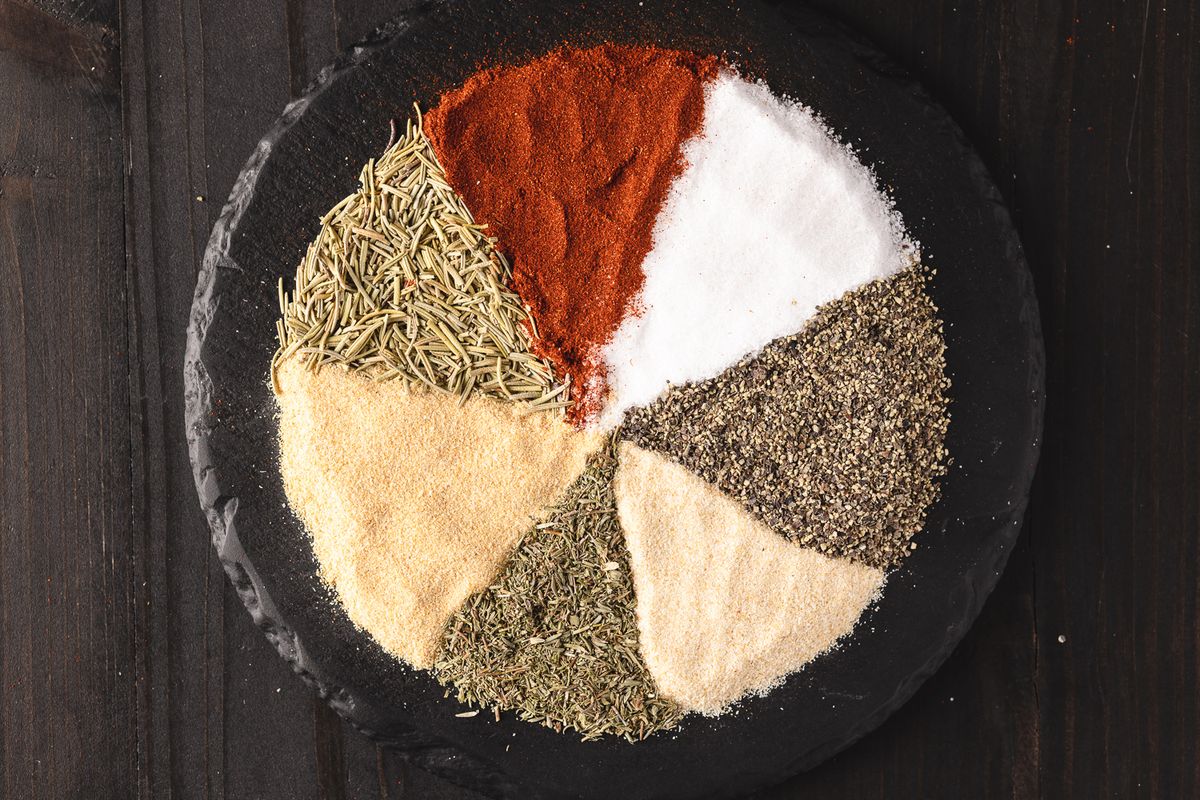Understanding the Spitroast: A Delicious Culinary Tradition
When it comes to cooking and enjoying food, there are countless methods and techniques that have been developed over the centuries. One such method that has stood the test of time is the spitroast. This traditional cooking method involves skewering meat on a long rod and cooking it over an open flame. The result is a delicious and flavorful dish that has been enjoyed by people around the world for generations.
The History of Spitroasting
The spitroast has a long and storied history, with evidence of its use dating back to ancient times. In fact, the concept of cooking meat on a rotating spit over an open fire can be traced back to the early civilizations of the Mediterranean region. The Greeks and Romans, in particular, were known for their use of spitroasting as a primary method of cooking meat.
Over time, the spitroast method spread to other parts of the world, each culture adding its own unique flavors and techniques to the process. Today, spitroasting is still a popular method of cooking in many parts of the world, particularly for large gatherings and special occasions.
How Spitroasting Works
Spitroasting involves the use of a long metal rod, known as a spit, on which the meat is skewered. The spit is then placed over an open flame, allowing the meat to cook slowly and evenly as it rotates. This method of cooking helps to seal in the meat’s natural juices, resulting in a tender and flavorful dish.
There are various ways to season and prepare the meat for spitroasting, depending on personal preferences and cultural traditions. Some popular choices for spitroasting include whole chickens, lamb, pork, and even large cuts of beef.
Benefits of Spitroasting
There are several benefits to using the spitroast method for cooking meat. Some of the key advantages include:
- Flavorful Results: Spitroasting allows the meat to cook slowly and evenly, resulting in a tender and flavorful dish.
- Impressive Presentation: Spitroasted meats are often visually stunning, making them a great choice for special occasions and gatherings.
- Even Cooking: The rotating spit ensures that the meat cooks evenly on all sides, reducing the risk of overcooking or undercooking.
- Natural Juices: Spitroasting helps to seal in the natural juices of the meat, keeping it moist and delicious.
Enjoying Spitroasted Meats
Whether it’s a backyard barbecue or a festive celebration, spitroasted meats are always a hit with food lovers. The aroma of the meat as it cooks over an open flame is enough to make anyone’s mouth water. Once the meat is fully cooked, it can be carved and served alongside an array of delicious sides and accompaniments.
From crispy, golden-brown chicken to succulent, juicy lamb, there’s something truly special about the flavors and textures that spitroasting brings to the table. It’s no wonder that this time-honored cooking method continues to be cherished by people of all ages and backgrounds.
In Conclusion
Spitroasting is more than just a cooking method – it’s a culinary tradition that has been passed down through generations. Whether you’re a seasoned chef or a novice cook, trying your hand at spitroasting can be a rewarding and enjoyable experience. So, the next time you’re planning a special meal or gathering, consider incorporating the time-tested tradition of spitroasting into your culinary repertoire. Your taste buds will thank you!
Was this page helpful?
Read Next: What Is Sautéing In Cooking?
